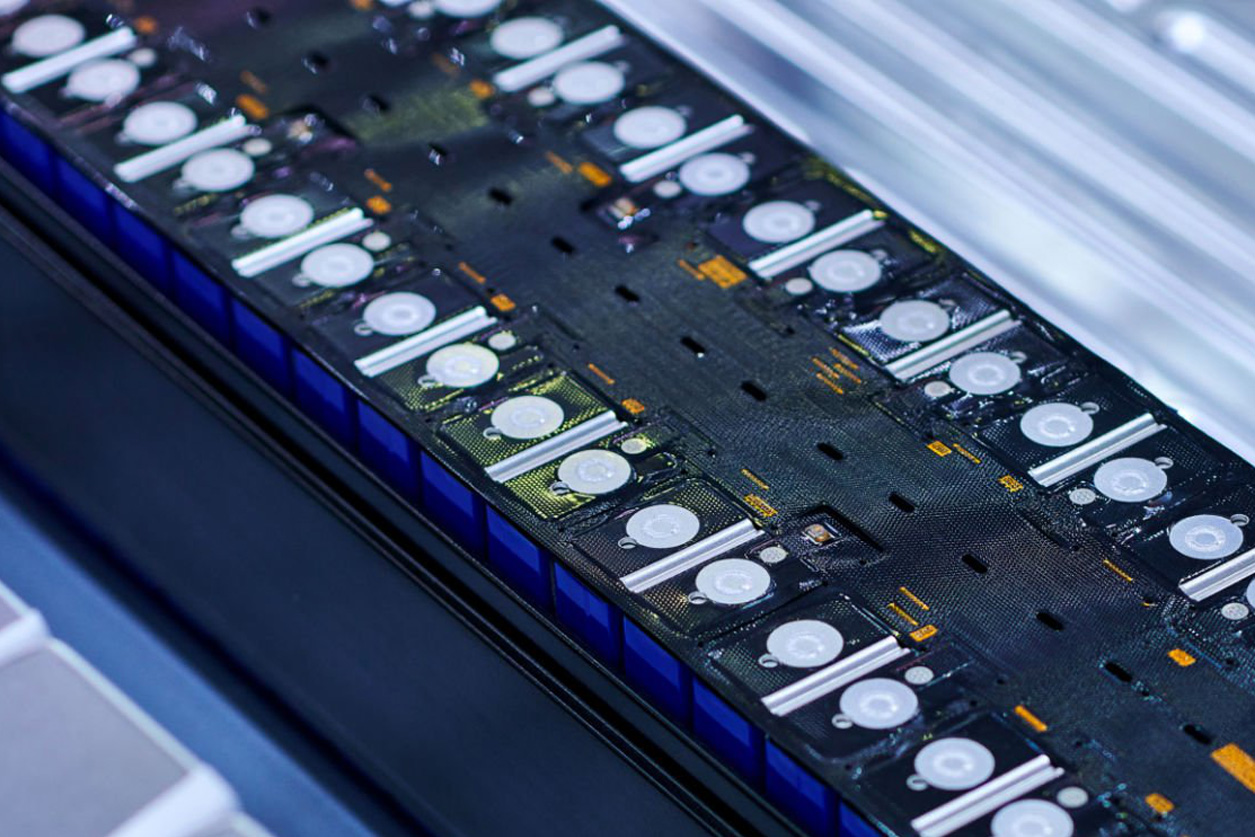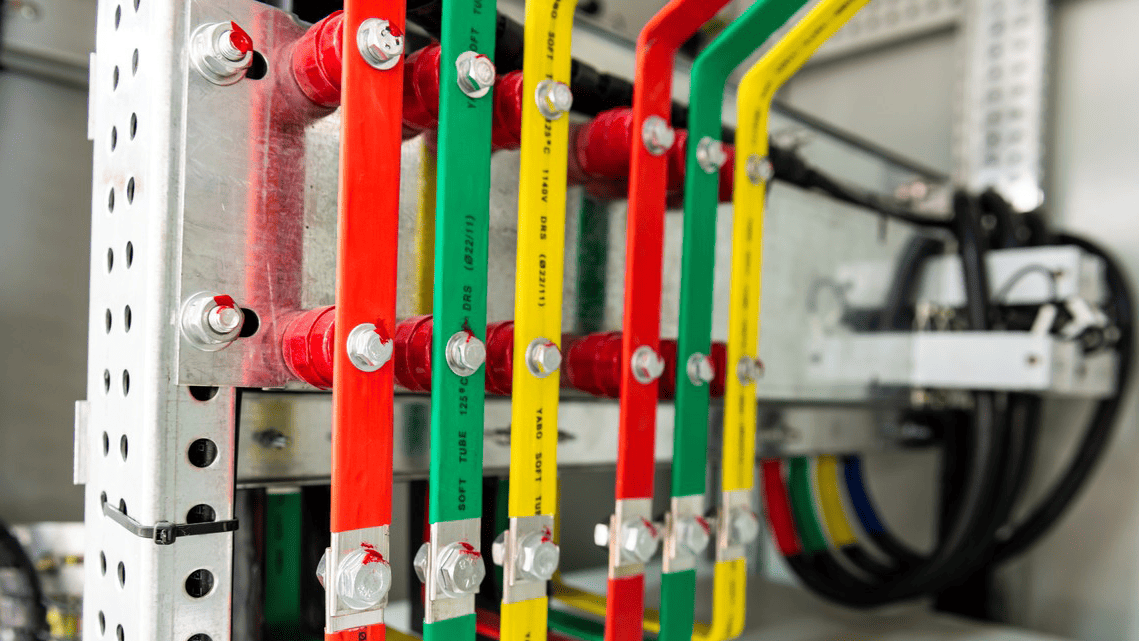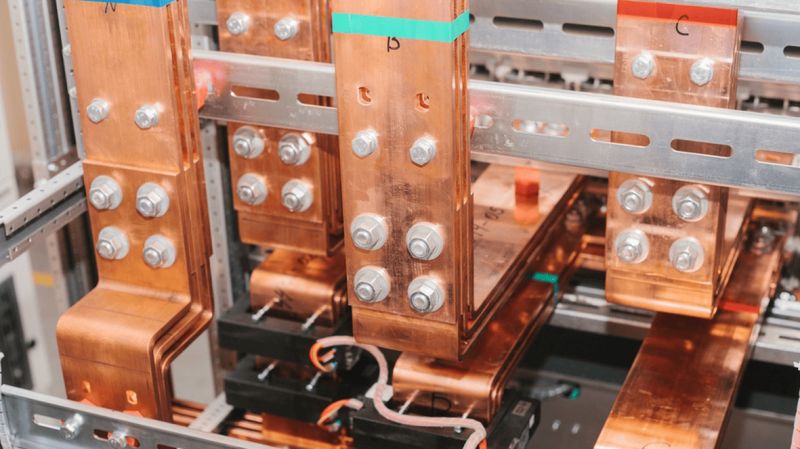Battery Busbar Connections: How Nickel Serves as the "Safety Code" in EVs
Nickel is critical for the safety, reliability, and longevity of EV battery busbars, per industry standards and practice.
Nickel: The Overlooked “Safety Code” in EV Battery Busbar Connections
In EV battery pack design, material selection has a direct impact on safety, reliability, and service life. Nickel, though not a primary conductor, plays a significant role in electrical connections. This article reviews its value in busbar applications, drawing from standards and industry practice.
1. Properties and Standards
1.1 Material Properties
Nickel offers good corrosion resistance, electrical and thermal conductivity, stable mechanical strength, and welding compatibility. It maintains surface stability in humid or acidic/alkaline environments, reducing electrochemical corrosion, and forms reliable joints with copper, aluminium, and steel.
1.2 Chinese Grades
According to GB/T 5235:
-
N4 (≥99.9% Ni+Co): High purity, for demanding use.
-
N6 (≥99.5% Ni+Co): Balanced properties and cost, widely used in battery connections.
-
N8 (≥99.0% Ni+Co): Meets general industrial needs.
Battery packs typically use N6 or above for stable performance.
1.3 Processing States
As per GB/T 17792:
-
M (Annealed/Soft): Good ductility, suitable for stamping (e.g., collector tabs).
-
Y2 (Half-hard), Y (Hard): Higher strength, used in structural or stiff components.

(Table of Copper Busbar Processing States)
2. Role in Copper-Aluminium Busbar Connections
2.1 Suppressing Galvanic Corrosion
Copper and aluminium have a potential difference of ~2V. Direct contact leads to galvanic corrosion and failure. Nickel, with an intermediate potential, serves as a buffer layer, improving long-term reliability.
2.2 Nickel-Plated Busbars
Copper or aluminium busbars are plated with 3–8 μm nickel, per GB/T 9797:
-
Dense, pore-free coating with strong adhesion.
-
Passes >96h neutral salt spray without corrosion.
-
Provides a stable, low-resistance interface.
In battery modules, nickel-plated copper joined to aluminium busbars avoids direct Cu-Al contact and related corrosion.
2.3 Nickel Sheets on Flexible Busbars
For laminated copper or aluminium foils, nickel sheets are laser- or brazed-welded onto ends. They act as:
-
A welding transition layer (improving aluminium weldability).
-
A barrier between copper and aluminium, enhancing vibration and environmental resistance.
2.4 Welding Performance
Nickel bonds well with copper and tin, reducing weak welds or cracks. Joints show higher strength and stable conductivity compared to direct Cu-Al welding.

3. Nickel Strips for Voltage Sensing
3.1 Material and Compliance
Soft N6 nickel strip is commonly used for collector tabs. It provides stable resistivity and high-temperature oxidation resistance, compliant with QC/T 29106 Automotive Wire and Cable.

3.2 Surface Quality
-
Free of oil, oxidation, or burrs.
-
Bright-annealed or passivated finish for weldability and storage stability.
-
Flat surface ensures reliable bonding with cell terminals and accurate signal collection.
3.3 Welding and Strength
Laser-welded nickel strips form a strong metallurgical bond with aluminium terminals:
-
Tensile strength ≥80 MPa.
-
Excellent vibration and fatigue resistance.
-
Low, stable contact resistance.
4. Cost Considerations
-
Raw Material: Nickel is more expensive than copper or aluminium, but usage in plating or small parts is limited, keeping cost impact manageable.
-
Process Cost: Plating and welding add steps but greatly reduce failures and warranty risks, improving overall cost-effectiveness.
-
Alternative Comparison: Cu-Al composite busbars (ultrasonic, brazing, diffusion, friction welding) isolate direct contact but may degrade under vibration and thermal cycling. Nickel plating or nickel sheets convert joints into stable Ni-Ni or Ni-Sn connections with higher stability and proven durability, making them a preferred solution in long-life battery systems.

Nickel is not the main conductor but plays a decisive role in ensuring durable electrical busbar connections in EV battery packs. By reducing galvanic corrosion, improving weld quality, and ensuring signal stability, nickel contributes to safer and more reliable systems.
At RHI, we apply years of expertise in nickel material selection, plating, and welding processes to ensure consistent, high-quality busbars and nickel components. We continue to provide safe, efficient, and innovative connection solutions for next-generation energy systems.

Precision connection technology for sustainable mobility.









